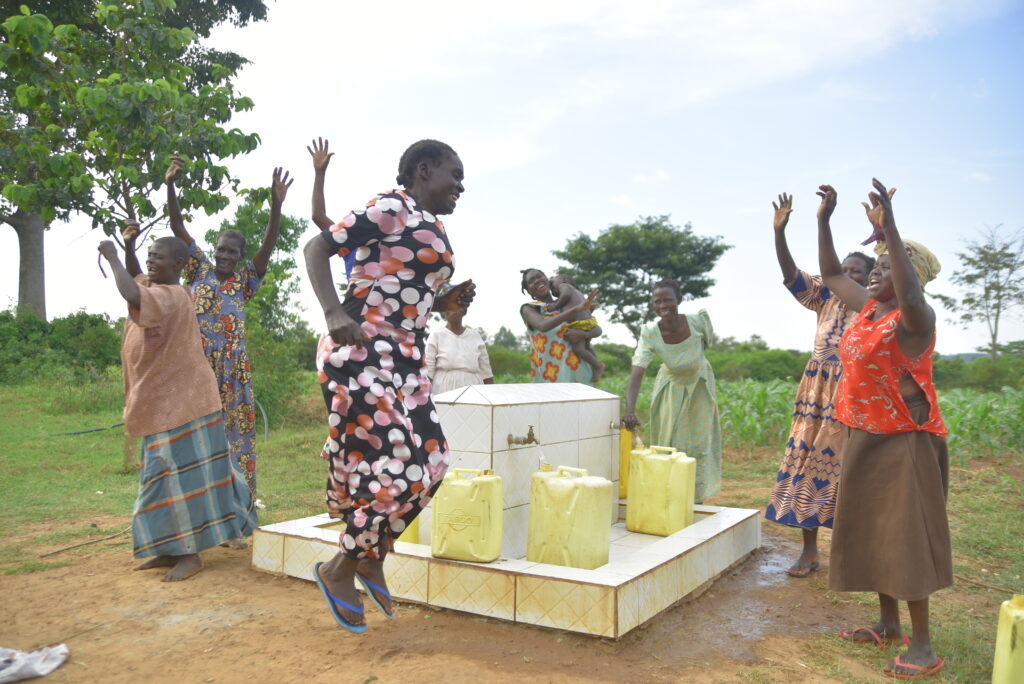Kadami community is a calm and quiet rural area of about 2,400 inhabitants on the shores of Lake Kyoga, one of the lakes in Uganda. Within it is a fishing village, a health center and a primary school where nearly 700 pupils attend their classes. Underneath the calmness and quietness of Kadami is the water problem that the area has struggled with for over 40 years.
For this long, the residents of Kadami shared small water ponds with their animals on first come, first serve.
“I got married when I was 18 years and we have continued to fetch water from those small scattered ponds in the valley”, says 65-year-old Amokoda Margaret.
Margaret says the water was filled with worms and filthy especially later in the evenings when the animals have had their share.
Akello Dina Rose, a mother of ten says, the water was dirty and her children could always suffer from diarrhoea and typhoid. “You know we do not have many toilets in this area. So whatever is dumped in the gardens gets carried into the water sources in the valley”, she adds.
“We had reached a point where there is nothing to do. We had accepted our fate knowing that there is nothing to be done”, she says.

Besides the water being dirty, the journey to get it from the swamp was not easy. Tekit Mary, a school-going pupil frowns when asked about how this affected her school attendance. “Of course, I had to fetch water sometimes in the morning before going to school and many of such times I would reach at school when my friends had started lessons”.
The generous support of GOAC through Habitat for Humanity Great Britain has ended this problem. GOAC support has enabled Kadami community to have a water kiosk complete with a solar powered pump to access clean water. The pump can generate up to 16,000 litres per day.
Margaret, waving both hands in the air says “Eyalaama Noi! Eyalaama” which means ‘Thank you very much. Thank you’. “I am very happy to have this white water (pure clean). It means a lot to me. My grandchildren will not drink the dirty water and will not suffer the challenges we faced. I am very happy”.
To little Mary, the water system in their community means that she can now come fetch water and go to school in time. “Ever since I started getting water from here, it is easier. We have various taps so many of us are able to fetch at the same time and the water comes quicker. Also the place is near us not walking down to the swamp”, she says.
Dina Rose also says men who could not help them fetch the water on bicycles due to the mud in the swamp are now able to get jericans on their bicycles to the water kiosk.
“Water now is not looked at as a women thing but men also come here. Actually, some men feel nice bringing their bicycles here to get water. That has created us time to do other things”, she says. Kadami community water kiosk is set for commissioning early next week with partners and the local governments in attendance to witness the milestone that has taken over 40 years to achieve.
